Nowadays people have become overly dependent on modern appliances and would probably find it hard to imagine that they can refrigerate food and beverages without any electrical power. Floris Schoonderbeek is a designer and entrepreneur originally from the Netherlands. He developed the Groundfridge which is an underground storage unit under his brand Weltevree. This brand also sells outdoor products such as ovens, hot tubs, and furniture.
There is an article published in The Contemporist website which gives more details about the spherically-shaped cooling unit. The whole design was inspired by the root cellar, being isolated underground, where the groundwater provides a cooling effect. The underground storage is insulated with 3.5 foot layer of excavated soil, keeping the constant annual temperature between 10 and 12° C. Basically, it’s the perfect environment to store food and beverages, keeping them fresh and healthy on the wooden shelves. Another advantage is related to its volume, which is equal to twenty conventional fridges. Actually, the Groundfridge has been nominated for the Dutch Design Award in 2015, a confirmation of its quality and usefulness.
Check out the video bellow to find more about this awesome design.

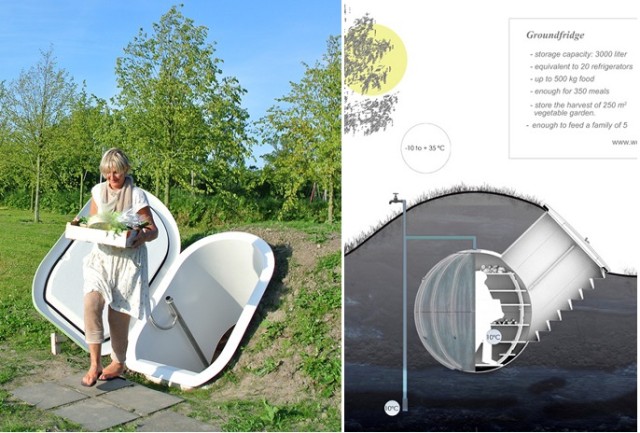
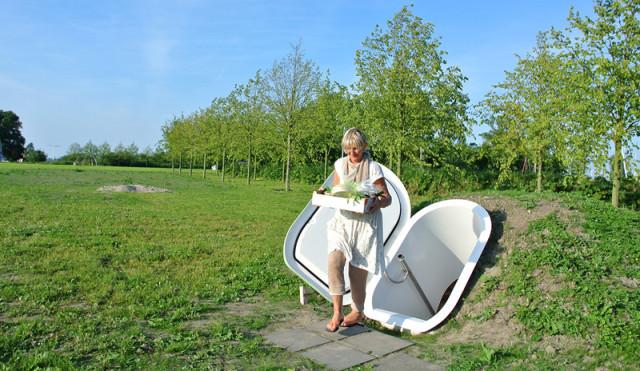
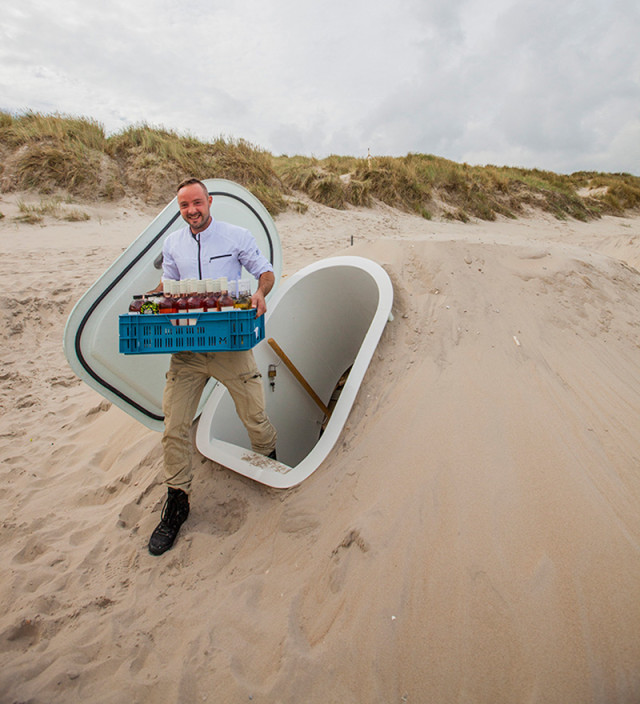
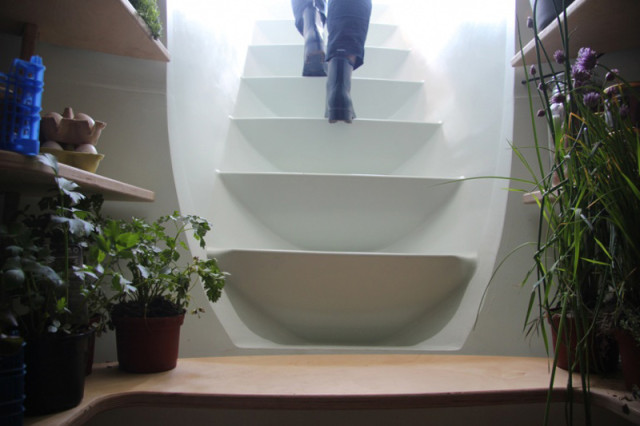

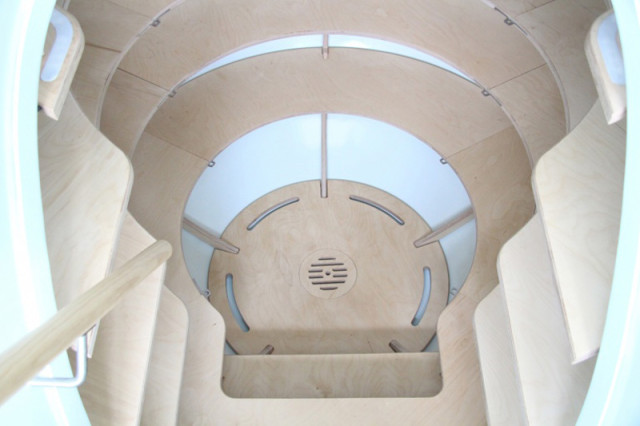










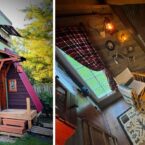


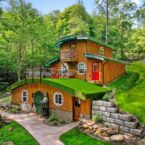


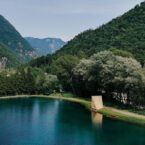

Love your design 🙂
Are these available in the USA and price? This is a great product. I was thinking could double as storm shelter
I was thinking the same thing.
I believe they are coming into production sometime in 2017
About $7000 USD
Hello
plz send m’y your catalogue
Great idea, any idea of how this would work in a tropical country?
Probably not that well, it will adapt the temperature of the surrounding soil, so in the tropics, where the soil is warmer and never significantly chills in the winter you might not get much cooling.A little I suppose but again it all depends on the temperature of the soil at depth.
Use a posthole digger to dig down five or six feet, put a thermometer with an electrical readout attached to an insulated wire, refill the hole with soil, tamp it down, perhaps water it, and observe what happens. My hunch is that it will work. Got any caves nearby? Might get clues from those.
I live in the tropics, specifically in the Philippines. This will work just fine. Root cellars work just as well in the tropics as they do in temperate climates.
Please send me information on the ground fridge , cost,and availability in Idaho. Usa.
Price. And availability in Midwest USA.
We are moving off grid in the next few months and would love to see what you have available for us to put on our site.
Oh my…How does one do this successfully? You must own land, I presume. Any suggestions for a single person to do this on their own? Hope all is going well for you and yours.
Are these available in Latin America and price?
more info please
Why we have to put the fridge in ground.? In ground the temperature is high. how you cool the product ?
These are interesting. But I think there needs to be more consideration as to the temperature if people are buying this… I don’t belive it would truly get to the appropriate food storage temperature… which is usually between 1 and 4 oC.. no higher than 4.
Nichol,
I agree with you here in the US. For a freezer it needs to be 0c or lower. For a refrigerator it needs to be about 4c (38-40 degrees F), but no higher.
Yes in the UK its _18 for a freezer and 4degrees C for fridge. But great design.
This looks european, they are far less soft than people in the lower 48.
Good, as a substitute for a root cellar, and it would depend on ground temperature if adequate as a fridge, which should be around 4 degrees celcius. The problem with this design would be the buildup of ethylene gas which is given off by ripening produce and encourages ripening and sprouting of other produce, and root cellars are ventalated lacking in this design. Also the designer is forgetting that some countries have several feet of snow in the winter, which would make opening of the door difficult if not impossible, and would allow rain and snow into the enclosure, or even ice to form around the door, freezing it solid shut.
It would make an interesting tornado shelter, maybe it would gain more sales as one of these, with secondary use as a storage container.
It would also make an interesting wine cellar, no need for extra ventilation.
I wonder if the unit were accessed enough, if that would take care of the methane issue?
The door on this structure will determine if it is good enough for use as a storm shelter. My only issue with the Groundfridge is that it is basically a room with only one exit. Would only purchase if a second exit was available for it.
I would love more information about this!
Great idea if it mmaintenance temperature and humidity nothing f like any thing I hope it requires proper ventilation to
I’m very interested in one of these.
I’m concerned about what it is made from. All the cellars I have ever seen where made from brick, with wooden steps, and wooden cellars doors. I am concerned about the planet and the biodegradable ability of the materials of this product. How we care for the planet is of utmost importance.
I suppose in northern climes(like here in Maine) you could build a structure over the entrance to protect it from weather.
It could still work in tropical places, where the temperature is a bit warmer by installing it a little bit deeper (under ground), and above it at ground level, plant lots of medium size fruit trees to help in maintaining cooler temperature of surrounding. Sort of a little bit of “design change”.
Wish to learn more about this. We have very cold winters with lots of snow. Will it work here.
They do sale these in the USA. I have a storm shelter. It was formed in two pieces made of fiberglass. The stairs go down to the bottom and a seat is formed in the fiberglass all the way around. The top and bottom pieces are sealed and bolted together then the outside is sprayed with about a inch of insulation that hardens like styrofoam. Don’t remember how much it cost but it has been very useful when the storms toll thru Ga.
Would love it to be available in Australia! What price and shipping cost? Very interested! Thanks
Hallo,
Who do you get this from
Great product especially for South Africa where we have had problems with electricity supply in the past.Any local suppliers?
price please
Are theses going to be on the market in Australia? Would they also work as a fire shelter.
Please send me info about availability in the U.S. Thanks
I just built something like this by myself and it took a long time. Now this thing exists and I just finished building my underground mini shelter 5 weeks before finding this!
Will it stay cold enough to keep things like milk and cheese ?
For however long or until the experation date ?
Please advise if coming to australia and price
Please send me updates on this thank you
More info please. …. will it work in Southern California?
Please send me some info about this. In a year or two, I’ll be moving to NC and will be going off-grid.
Would love a catalog! How do I order one?
I love this idea. I may make it in the future.
Pls send me info..pricing..and if you ship to Canada
Thank you
Would love more information, and a catalogue.
Central Virginia, USA
Outstanding design.
I am going to be building aTiny house going almost all the way off grid and was wondering if you may be selling in Canada?
Thanks
product..product..product…
wake up people, this si something most people can make themselves, there are many variations of polymers or concretes or fiberglass solutions availiable all over the world, and with a little study into the exact material you opt to use, this can be a great family or neigbourhood get together and build it project.
just imagine a few neigbours getting together for a barbecue and a few beers, digging out one a weekend and pouring the polymere to have it set and cover it the next weekend, then move the party o another neigbours yard and repeat it untill ya all have one 🙂
offcourse the benefit is not only the feeling of i made it myself, but also getting to know your neigbours, and over the weeks of building your cluster of groundcellars you accumulate knowledge and experience enabling you to sell it as a service to people in the area who are unwilling or unable to do the learning and getting to know eachother experience.
Hello, kindly mail me the details. Tks
Will back in the day like way back their was no electricity and a refrigerator it was either kept out or kept in a underground with or with not ice
im interested please email me or call